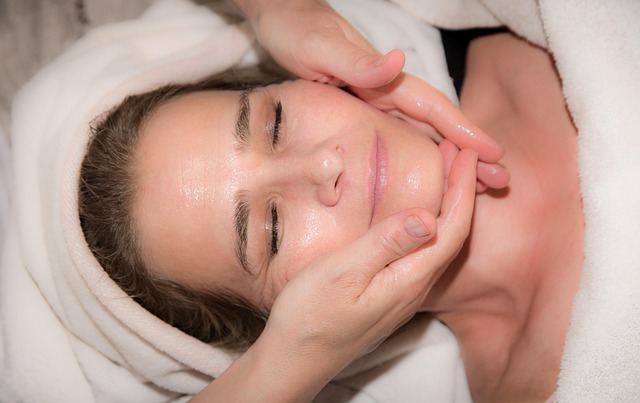Step-by-step facial massage to encourage lymph drainage
A gentle facial massage can support lymphatic flow, ease puffiness, and help skin look refreshed without invasive treatments. This short guide outlines safe, easy steps and complementary habits—like hydration and breathwork—to support circulation and recovery of facial tissues.

Step-by-step facial massage to encourage lymph drainage
Facial lymphatic massage is a low-intensity technique designed to encourage gentle drainage of interstitial fluid, reduce puffiness, and support skin rejuvenation. When done correctly, light rhythmic strokes follow the natural pathways of the lymphatic system and can complement good hydration, nutrition, and breathing practices. This guide explains how to prepare, which movements to use, and how to integrate mobility and recovery strategies to support lasting results.
How does lymphatic massage work?
Lymphatic massage uses light pressure to guide lymph toward the ducts where it re-enters circulation. Unlike deep tissue massage, the focus is on superficial strokes that follow natural drainage routes along the jawline, neck, and clavicle. Regular practice can support drainage after inflammation, travel, or poor sleep. Use clean hands, a light facial oil or lotion to reduce friction, and keep movements slow and repetitive so lymphatic vessels can respond rather than compressing tissues.
How does massage boost circulation?
Facial massage improves local circulation by increasing microvascular flow and warming the skin, which can support nutrient delivery and cellular repair. Gentle effleurage and light tapping stimulate capillaries without triggering inflammation. Improved circulation supports elasticity and a rejuvenated appearance when paired with adequate hydration and balanced nutrition. Remember that massage does not replace medical care for vascular issues but can augment skin health and comfort when used consistently.
Can facial massage improve skin elasticity?
Targeted massage can help maintain skin mobility and support collagen remodeling indirectly by improving circulation and encouraging movement of tissues. Over time, gentle routines that include lifting strokes and smoothing can help the skin feel more supple, though results depend on age, genetics, and overall skin care. Combine massage with sun protection, moisturizers containing humectants, and practices that support recovery—such as sleep and anti-inflammatory nutrition—to optimize skin elasticity.
How does mobility and recovery relate?
Facial mobility exercises, like controlled facial stretches and rhythmic jaw movements, work alongside massage to prevent tension and promote fluid movement. Recovery principles apply: avoid aggressive techniques that cause redness or pain, allow rest between sessions, and support tissues through sleep, hydration, and gentle stretching. Foamrolling and broader body mobility sessions do not directly affect facial lymphatics but help systemic circulation and recovery, which can indirectly benefit facial tissue health.
What role do hydration and nutrition play?
Hydration and balanced nutrition are foundational. Lymphatic flow relies on a healthy interstitial environment—adequate water intake, electrolytes, and nutrients that support vascular and lymphatic integrity matter. Anti-inflammatory foods, sufficient protein for tissue repair, and nutrients like vitamin C and omega-3s support collagen and recovery. If fluid retention is a concern, evaluate sodium intake and overall dietary patterns; massage helps move fluid but dietary adjustments can influence baseline swelling.
How can breathwork and stretching help?
Diaphragmatic breathwork creates gentle pressure changes in the thoracic cavity that assist lymph return to central circulation. Pair slow, deep breaths with neck and shoulder stretches to release tension that might impede lymphatic pathways. Gentle neck mobilization and mindful posture help maintain open drainage routes along the clavicle and base of the neck. Incorporate breathwork before a facial massage to relax tissues and improve the effectiveness of light manual strokes.
Conclusion
A step-by-step facial lymphatic massage routine is a simple, noninvasive practice that supports circulation, reduces temporary puffiness, and complements skin care and recovery habits. Consistency, light pressure, and attention to hydration, nutrition, mobility, and breathwork increase the potential benefits. Avoid aggressive techniques and consult a qualified practitioner if you have concerns about swelling, surgery, or medical conditions affecting lymphatic or vascular health.





